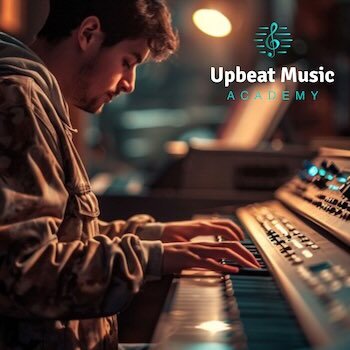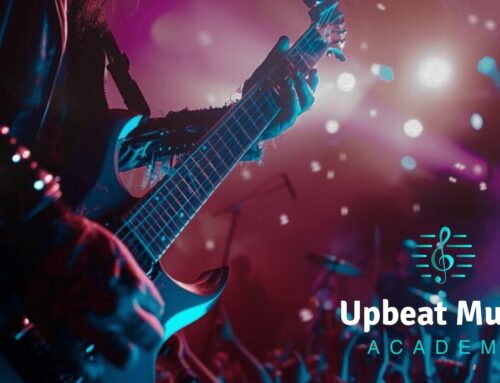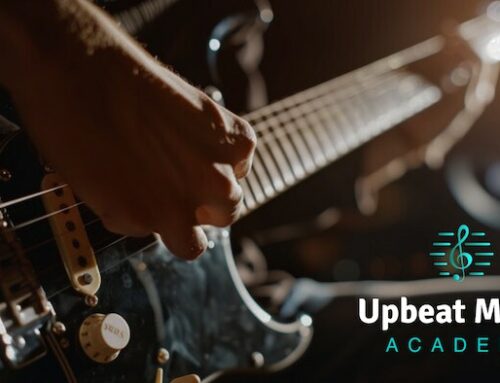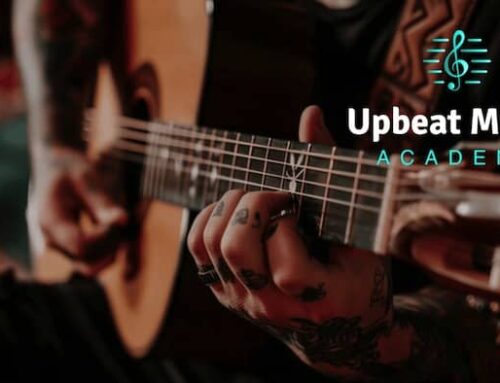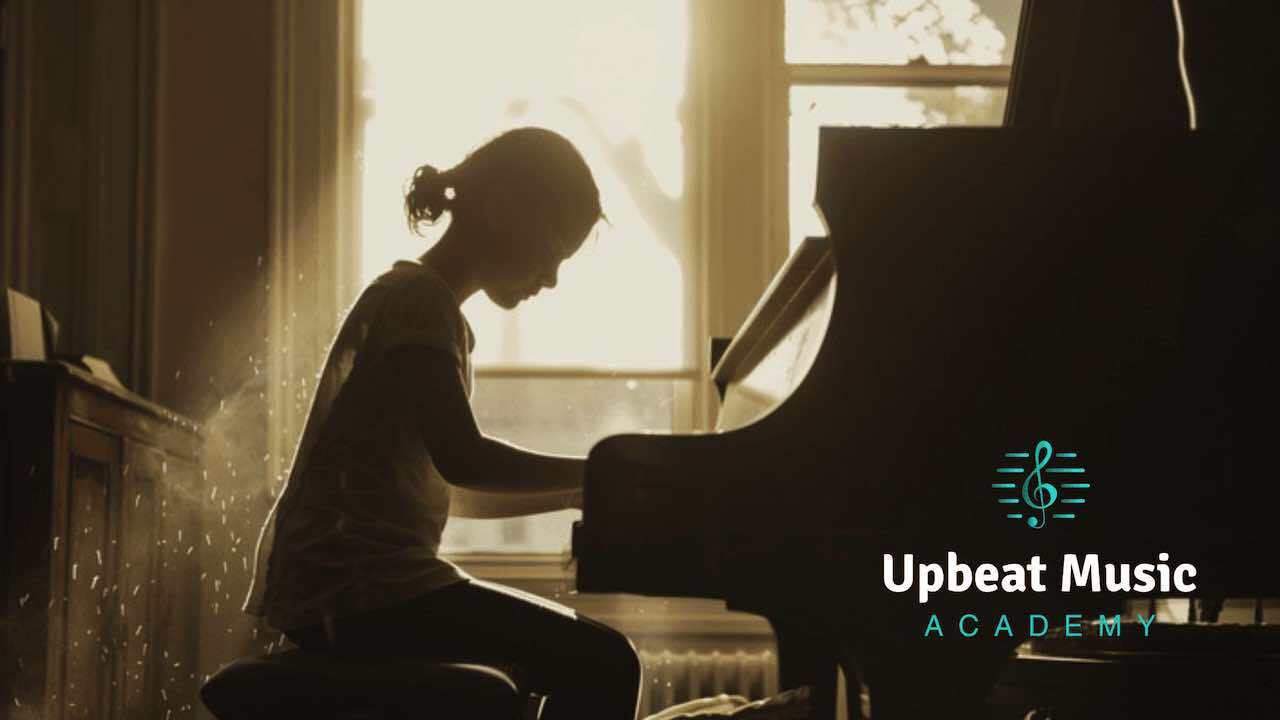
Imagine stepping into a dimly lit room filled with the rich aroma of aged wood and the gentle melodies of classical piano pieces drifting through the air. In the corner sits an old grand piano, its keys worn from years of practice and its sound echoing with the stories of countless students who have sat before it. This scene paints the timeless tradition of piano learning, where generations have honed their skills through dedication and discipline.
But now, as the world hurtles forward into the digital age, a new symphony is emerging—one that harmonizes tradition with innovation. In today’s interconnected world, technology has become an integral part of our daily lives, revolutionizing how we communicate, work, and learn. And within the realm of piano education, the integration of technology and interactive learning tools is reshaping the landscape of teaching and learning.
Statistics and Data:
Before delving into the transformative power of technology in piano lessons, let’s take a moment to examine some compelling statistics and data that underscore its impact:
- According to a survey conducted by the Royal Conservatory of Music, 87% of piano teachers believe that technology has positively influenced their teaching methods, allowing for more engaging and effective lessons.
- A study published in the Journal of Research in Music Education found that students who utilized interactive learning apps and software showed significant improvements in sight-reading skills compared to those who relied solely on traditional methods.
- The global market for music education technology is projected to reach $1.4 billion by 2025, driven by the growing demand for personalized and interactive learning experiences.
- In a survey conducted by the Piano Technicians Guild, 65% of piano teachers reported using digital tools such as apps, software, and online resources to supplement their lessons, citing increased student motivation and retention as key benefits.
Integration of Technology and Interactive Learning Tools in Piano Lessons:
Now, let’s explore how technology is transforming the landscape of piano education:
- Interactive Learning Apps: Gone are the days of tedious drills and repetitive exercises. With the rise of interactive learning apps like Piano Maestro and Simply Piano, students can engage in fun and immersive lessons that adapt to their individual learning styles and pace.
- Digital Sheet Music Platforms: Say goodbye to bulky sheet music binders. With platforms like Musicnotes and Sheet Music Direct, students have access to a vast library of digital sheet music, complete with interactive features such as playback, transposition, and annotation tools.
- Virtual Reality (VR) Piano Simulators: Step into a virtual concert hall and perform alongside renowned pianists with VR piano simulators like JoyTunes Piano Dust Buster VR. These immersive experiences not only enhance technical skills but also inspire creativity and musical expression.
-
- AI-Powered Feedback Systems: With advancements in artificial intelligence, tools like Tonara and Skoove offer real-time feedback and personalized practice recommendations, allowing students to track their progress and refine their skills with precision.
- Digital Recording and Performance Platforms: Whether sharing performances with friends and family or seeking feedback from mentors and peers, platforms like Soundtrap and BandLab enable students to record, edit, and share their music effortlessly, fostering a culture of creativity and collaboration.Online Learning Communities: From forums and social media groups to virtual masterclasses and live-streaming platforms, the internet has fostered a vibrant community of piano enthusiasts and educators. These online communities provide invaluable opportunities for collaboration, mentorship, and peer support, enriching the learning journey for students of all levels.
Conclusion:
As we embrace the transformative power of technology in piano education, it’s essential to remember that innovation should always serve as a complement to tradition, not a replacement. While interactive learning tools and digital platforms offer unprecedented opportunities for engagement and advancement, they should never overshadow the timeless principles of discipline, dedication, and artistic expression at the heart of piano learning.
By embracing technology as a means to enhance rather than diminish the learning experience, we can ensure that the timeless tradition of piano education continues to thrive in the digital age, empowering students to unlock their full potential and embark on a lifelong journey of musical discovery.
Sources:
- Royal Conservatory of Music. (n.d.). Music Education Technology Survey.
- Chen, J. (2019). The Effects of Interactive Music Apps on Sight-Reading Achievement of Elementary Piano Students. Journal of Research in Music Education.
- MarketsandMarkets. (2020). Music Education Market by Component (Solution and Services), Application (Pre-primary School, Primary School, Middle School, High School, and University), and Region – Global Forecast to 2025.
- Piano Technicians Guild. (2018). Piano Industry Survey.
- JoyTunes. (n.d.). Piano Dust Buster VR.
- Tonara. (n.d.). Tonara.
- Soundtrap. (n.d.). Soundtrap.
- BandLab. (n.d.). BandLab.
Lora Wentworth teaches Piano Lessons in Kelowna at the Upbeat Music Academy Kelowna
